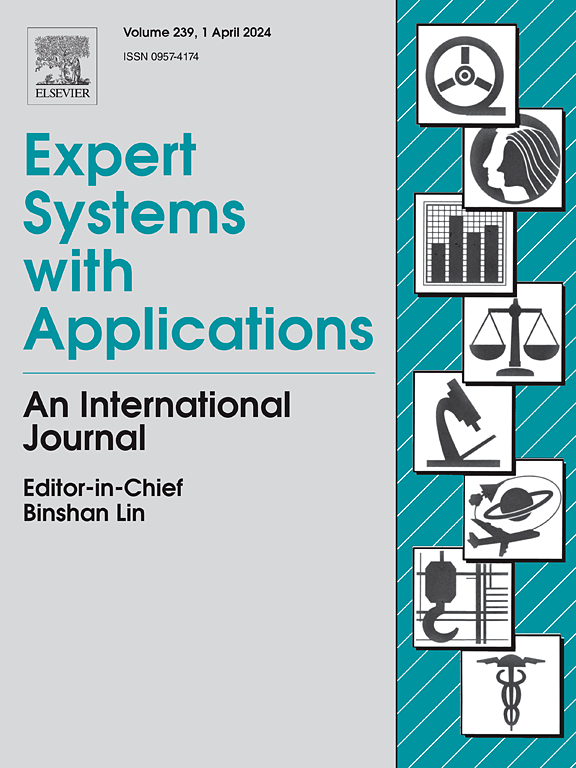DPFSI: A legal judgment prediction method based on deontic logic prompt and fusion of law article statistical information
IF 7.5
1区 计算机科学
Q1 COMPUTER SCIENCE, ARTIFICIAL INTELLIGENCE
引用次数: 0
Abstract
The application of large language models in legal text processing faces challenges due to a lack of specialized legal knowledge and difficulty in handling complex legal logic and long texts. To address these issues, this paper introduces a legal judgment prediction method that combines deontic prompt learning, multi-granularity graph representation fusion, and law article statistical information integration. The model first modifies a pre-trained language model through deontic prompt learning, enhancing the semantic richness and interpretability of word vectors in structured texts. Additionally, it constructs multiple heterogeneous graphs to capture semantic and syntactic relationships, and applies a Gated Graph Neural Network for multi-granularity graph representation fusion. This fusion provides a comprehensive understanding of legal texts by effectively integrating semantic and structural information. Furthermore, the model calculates word frequency statistics between law articles and text sequences, using a -variational autoencoder to align and integrate statistical information into text sequence features. This adaptive fusion reduces overfitting by replacing low-confidence neurons with global statistical information. Experimental results on the CAIL2018 dataset show that our approach achieves a significant improvement over existing methods, particularly in law article prediction, demonstrating its effectiveness and potential for enhancing legal AI applications.
求助全文
约1分钟内获得全文
求助全文
来源期刊

Expert Systems with Applications
工程技术-工程:电子与电气
CiteScore
13.80
自引率
10.60%
发文量
2045
审稿时长
8.7 months
期刊介绍:
Expert Systems With Applications is an international journal dedicated to the exchange of information on expert and intelligent systems used globally in industry, government, and universities. The journal emphasizes original papers covering the design, development, testing, implementation, and management of these systems, offering practical guidelines. It spans various sectors such as finance, engineering, marketing, law, project management, information management, medicine, and more. The journal also welcomes papers on multi-agent systems, knowledge management, neural networks, knowledge discovery, data mining, and other related areas, excluding applications to military/defense systems.
 求助内容:
求助内容: 应助结果提醒方式:
应助结果提醒方式:


